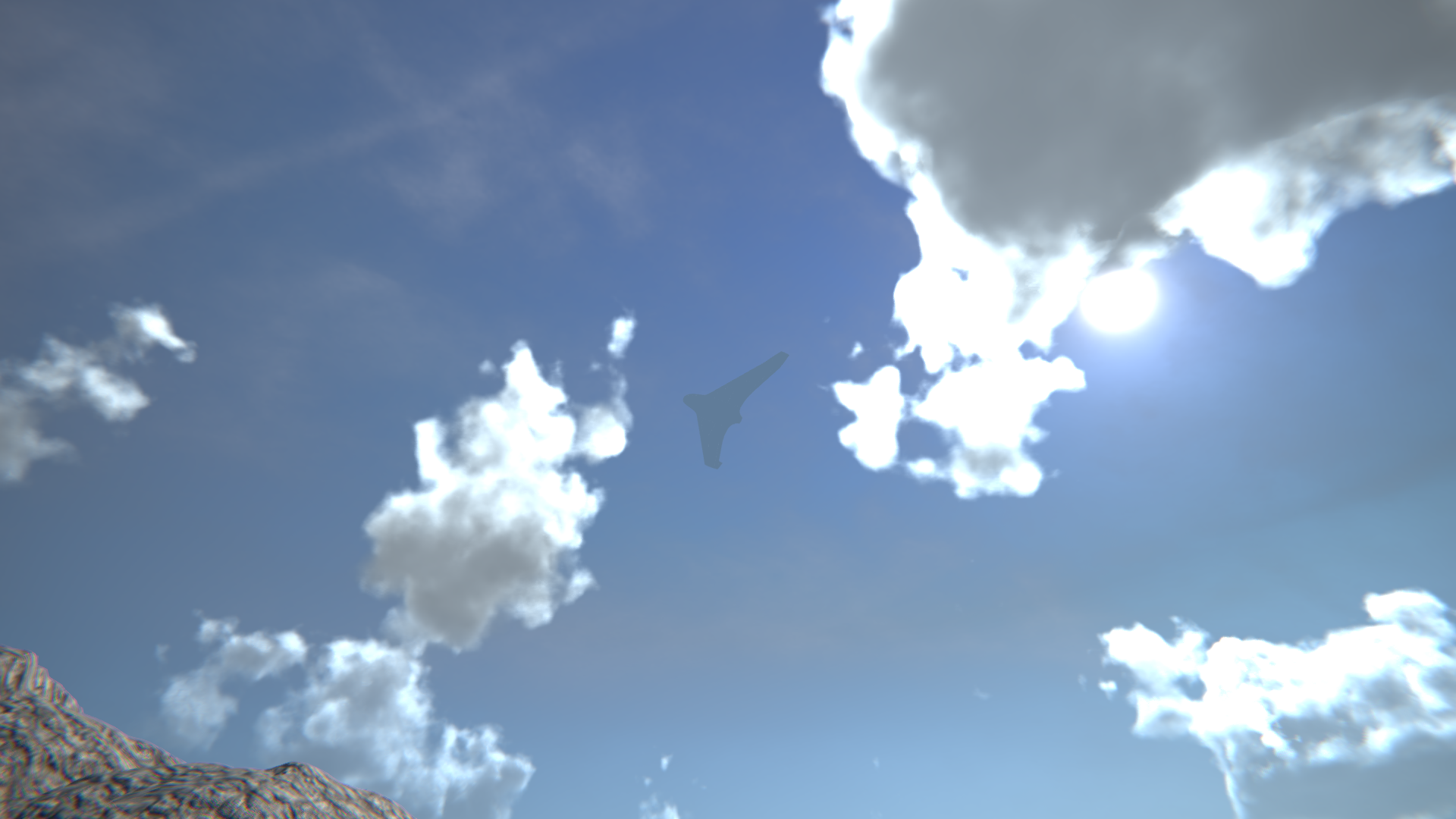Active Camouflage
Simbiant is developing cutting edge active camouflage for air vehicles.
UAS Active Camouflage
Keeping out of sight can be difficult for small, low-flying unmanned aerial systems. Simbiant is building the capability to reduce visual detection range of airbourne platforms by matching the hue and luminosity of the background sky with cutting edge video processing and OLED technology.
Simbiant have done extensive work on drone detection, classification, and tracking for numerous platforms and applications. In our work, we have developed machine vision and machine learning capabilities to detect, classify and track airborne targets in the visual and IR spectrum. As this necessitated collecting and generating vast quantities of training data on UAS systems to allow training and testing of AI systems, it also gave us deep insights into what makes an aerial object detectable. We have gathered real-world and simulated data on drone detectability depending on sky luminosity, lighting conditions and drone colouring and material.

Simbiant have designed and manufactured drones to fill various defence and civilian needs as well as to test our drone detection systems. We have access to numerous commercial platforms to do initial luminescence testing, including fixed wing and multi rotor systems. We are currently developing a heavy lift 50kg payload, fixed wing drone and are well integrated into the Australian drone manufacturing ecosystem. We have qualified and certified drone and UAS pilots with thousands of hours rotary and fixed wing experience. We have already partnered with Dotterel, a NZ drone noise suppression company, and noise mitigation components are already part of our platform design.
Simbiant have been working together with army to produce various small UAV and micro UAV field solutions.
In this process we have been exploring low observable technologies, in visual, IR and acoustic spectra.
From modelling, trials data, and machine learning results, we have seen that any balancing of luminescence
influences observability. Specifically, reducing the edge contrasts has the greatest influence per watt of
power budget.
Colour matching has an observable but diminished effect, and it should be put to trial whether increasing
lumens, or colour matching are a more effective use of the power budget.
Simulation and empirical evidence suggest that any amount of white light luminescence improves the
low-observability of an aerial target in daylight operations. This means that the illumination does not need
to be as high as the background luminescence. But the closer the match, the less observable.
Once a certain degree of luminescence has been achieved, colour balance starts to play a greater effect.

